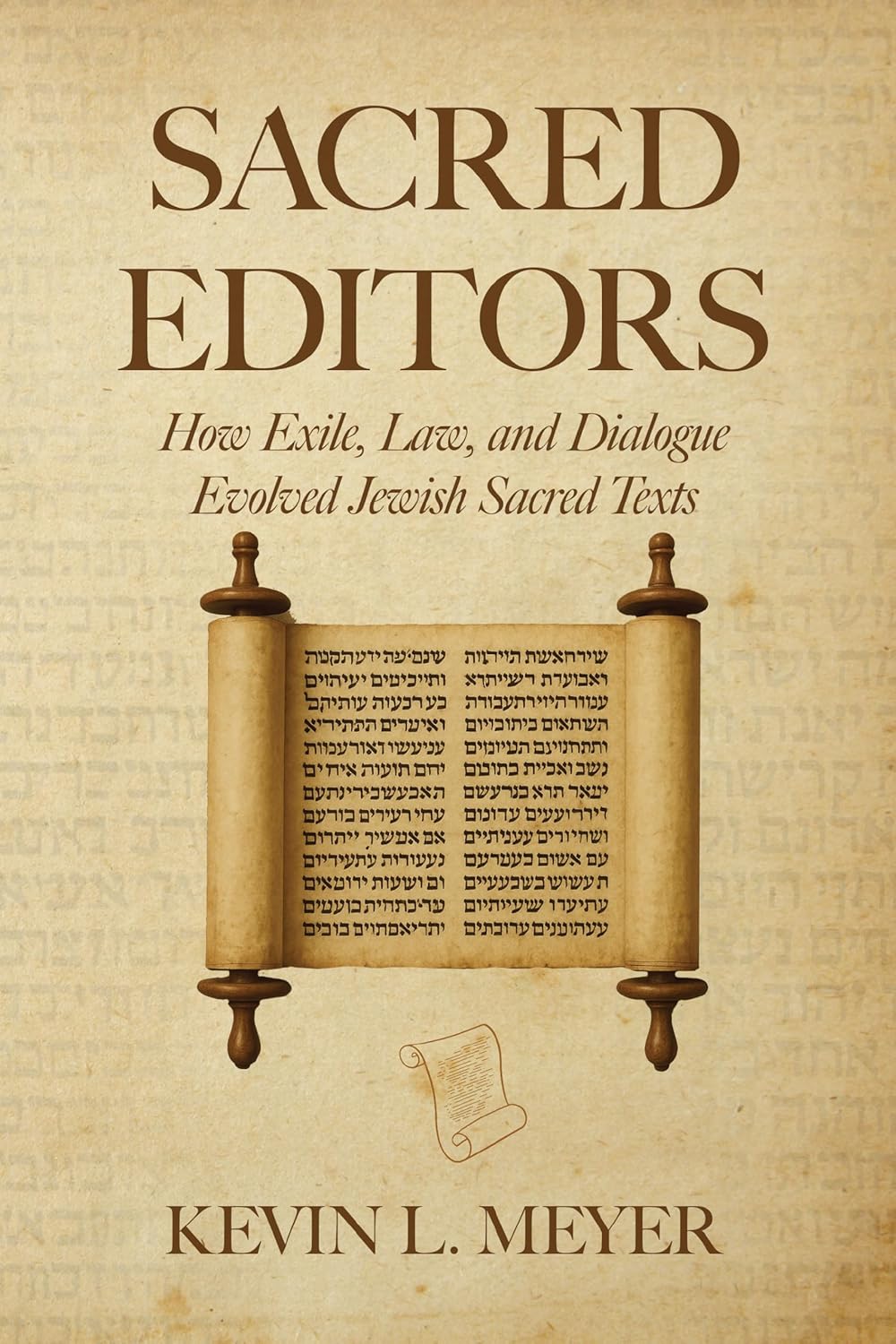Appendix A: Chronological Timeline of Major Events in Jewish Sacred Text History

| Date (Approx.) | Event | Significance |
|---|---|---|
| c. 1200-1000 BCE | Early Israelite oral traditions emerge | Foundational stories about patriarchs, exodus, and conquest circulate orally before being written down; forms the basis of later biblical narratives. |
| c. 1000-960 BCE | United monarchy under King David | Centralization of worship and political power; establishment of Jerusalem as religious center; early development of royal scribal schools and administrative records. |
| c. 960-930 BCE | Solomon's Temple built in Jerusalem | Becomes focal point of worship and priestly authority; institutionalizes sacrifice-centered religion; early textual preservation begins with temple archives. |
| c. 930 BCE | Kingdom divides into Israel (north) and Judah (south) | Political division leads to divergent religious practices and textual traditions; northern traditions eventually incorporated into southern collections after 722 BCE. |
| 722 BCE | Assyrian conquest of Northern Kingdom (Israel) | Destruction and exile of northern elites; refugee traditions and texts migrate south, contributing to Judahite literary development and preservation efforts. |
| 621 BCE | Josianic reforms and "discovery" of law scroll (likely Deuteronomy) | Major step toward canon consciousness; centralization of worship in Jerusalem; possible earliest written Torah-based text becomes authoritative. |
| 586 BCE | Babylonian destruction of Jerusalem and First Temple | Beginning of Babylonian exile; catastrophic trauma catalyzes intensive preservation and compilation of sacred texts to maintain identity in diaspora. |
| c. 539 BCE | Persian edict allows Jewish return from Babylon | Cyrus's decree leads to Temple rebuilding and extensive textual editing under priestly leadership; Persian period crucial for Pentateuchal formation. |
| c. 450 BCE | Ezra's public reading of the Torah | Signals Torah's emergence as central authoritative text; likely reflects substantial completion of Pentateuchal compilation and canonical consciousness. |
| c. 300-100 BCE | Septuagint translation produced in Alexandria | First major translation of Hebrew Scripture into Greek; reflects evolving canon, linguistic needs of diaspora Jews, and Hellenistic cultural engagement. |
| c. 250 BCE-68 CE | Dead Sea Scrolls copied at Qumran and other sites | Reveal remarkable diversity in biblical versions and sectarian writings; demonstrate that canon remained fluid and challenge assumptions about textual uniformity. |
| 70 CE | Second Temple destroyed by Romans | Catastrophic end of Temple-centered Judaism; religious authority shifts from sacrifice to text; accelerates development of Oral Torah and rabbinic interpretation. |
| c. 90 CE | Council of Yavneh (disputed by scholars) | Traditional marker for Hebrew Bible canon closure; however, historical reality of formal council is debated—process likely gradual over centuries. |
| c. 200 CE | Mishnah compiled by Rabbi Judah the Prince | Formalizes Oral Torah in written form; revolutionary preservation of rabbinic debates; becomes foundation for later Talmudic development. |
| c. 200-500 CE | Palestinian and Babylonian Talmuds develop | Extensive commentary on Mishnah creates vast corpus of Jewish law and lore; Babylonian Talmud becomes more influential due to political stability. |
| 6th-10th c. CE | Masoretes preserve standardized Hebrew Bible | Tiberian Masoretes add vowel points, cantillation marks, and marginal notes; establish definitive form of Hebrew biblical text still used today. |
| 8th-10th c. CE | Rise of Karaite Judaism | Rejects rabbinic oral law and Talmudic authority; insists on biblical text alone; sparks renewed debates about canon, interpretation, and religious authority. |
| c. 930 CE | Aleppo Codex created by Aaron ben Moses ben Asher | Most authoritative manuscript of Hebrew Bible; exemplifies Masoretic precision; tragically damaged in 1947, with only portions surviving today. |
| 1008 CE | Leningrad Codex completed | Oldest complete Hebrew Bible manuscript; serves as basis for modern printed Hebrew Bibles and critical scholarly editions. |
| 11th-13th c. CE | Golden Age commentaries: Rashi, Ibn Ezra, Maimonides | Major biblical and Talmudic commentaries become integral to Jewish study; often printed alongside biblical texts, shaping interpretive tradition. |
| 16th c. CE | Joseph Karo's Shulchan Arukh codifies Jewish law | Becomes most authoritative legal code for global Jewry; synthesizes centuries of halakhic development and responsa literature. |
| 1524-1534 CE | First complete printed Hebrew Bibles | Printing revolution democratizes access to biblical texts; establishes Masoretic Text as standard while freezing particular manuscript choices. |
| 18th-19th c. CE | Rise of historical-critical biblical scholarship | Academic methods challenge traditional assumptions about authorship and composition; creates tension between scholarly and religious approaches to sacred texts. |
| 1885 CE | Reform Judaism's Pittsburgh Platform | Radical reinterpretation of textual authority; distinguishes moral teachings from ritual laws; catalyzes denominational divisions in modern Judaism. |
| 1886-1896 CE | Cairo Genizah documents discovered | Vast treasure trove of medieval Jewish manuscripts reveals rich diversity of Jewish literary culture and previously unknown texts. |
| 1947-1956 CE | Dead Sea Scrolls discovered near Qumran | Revolutionary archaeological find transforms understanding of Second Temple Judaism, biblical text development, and early Jewish sectarian diversity. |
| 1985 CE | JPS Tanakh (New Jewish Publication Society) published | Modern English translation reflecting contemporary scholarship and literary sensibilities; demonstrates ongoing evolution of biblical interpretation. |
| 1999 CE | Sefaria digital platform launches (eventually) | Digital revolution democratizes access to entire Jewish textual corpus; enables global, collaborative engagement with traditional sources. |
| 21st c. CE | Continued manuscript discoveries and digital innovations | New archaeological finds (like recently discovered Dead Sea Scroll fragments) and AI-assisted textual analysis continue reshaping our understanding of Jewish textual history. |
Note on Dating: Many dates, especially for early periods, are approximate and reflect scholarly consensus that continues to evolve with new archaeological and textual discoveries. Events marked as disputed indicate ongoing academic debate about historical details.